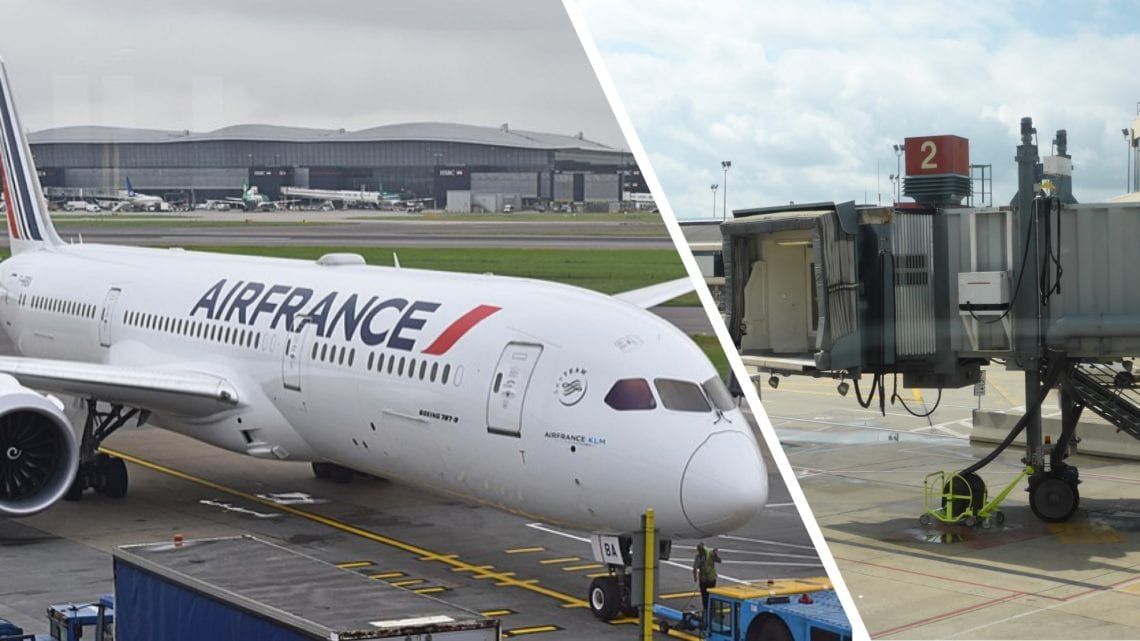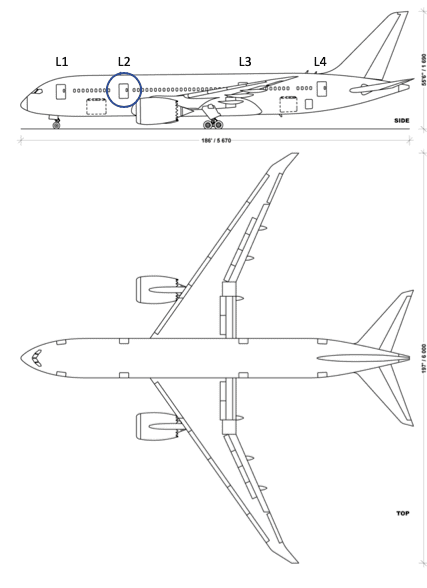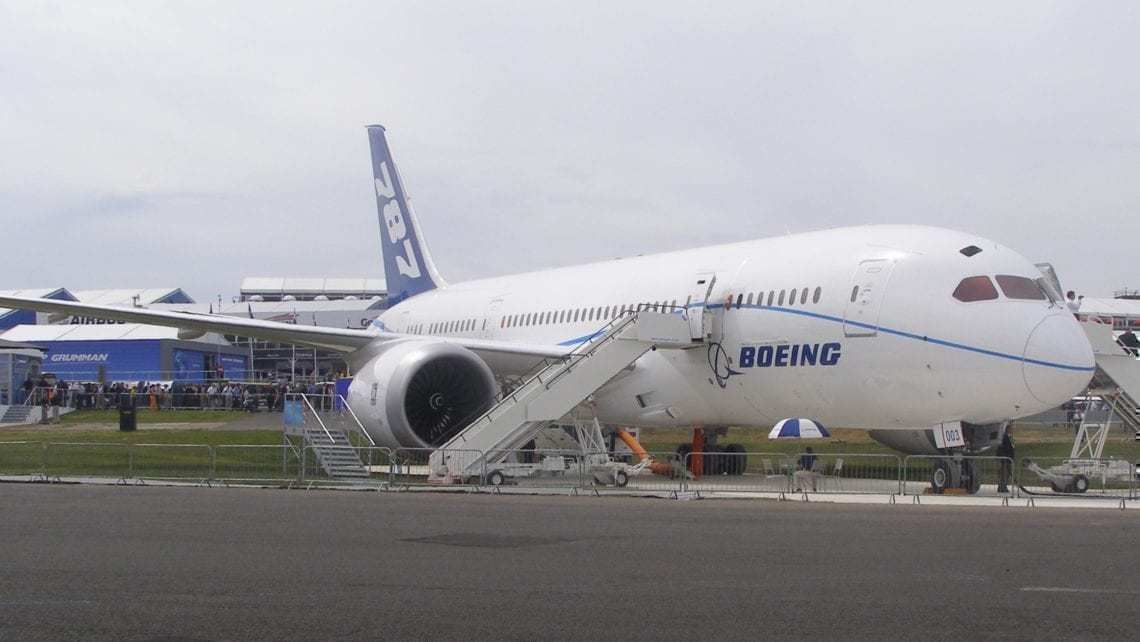An Air France Boeing 787 has done more than scraping the paint in Paris Charles de Gaulle Airport, with the aircraft colliding with a jet bridge.
What happened?
An Air France 787-9 was getting ready to depart CDG airport when the jet bridge struck the outer cowling of its left engine. This left quite a dent and resulted in the aircraft requiring extensive repairs.
According to some commentators on AeroNews, it is a surprise that this does not happen more often. For those not familiar with how a jet bridge works, mostly, they are driven much like a heavy truck and can move in every direction with rotating wheels.
The Boeing 787 is a tough and tense job for bridge operators. This is because the L2 passenger door is very close to the right engine, and the engine size is enormous compared to other aircraft.
To move the bridge into position for boarding, the operators need to start from left to right and ease in. When removing the bridge, you can't reverse straight back. Otherwise, the bridge would hit the engine, as it sticks out. Operators need to remove the bridge from L2 door towards the cockpit first and, after few meters, move backward.
So why not use another door? You can't connect the bridge to the L1 passenger door due to several antennae near the forward door.
An official statement from Air France
Since the publication of this article, Air France has responded to Simple Flying with the following statement:
“Air France confirms that the engine of the Boeing 787-900 operating flight AF694 on May 25, 2019, connecting Charles de Gaulle to Minneapolis, was accidentally struck during the removal of the jetway while it was at its parking point. Boarding was complete and all customers on board. It was quickly decided to transfer all passengers onto another aircraft to allow for a new departure at 16:44, Paris time. Air France apologizes for the inconvenience and delay resulting from this situation and states that the safety of its customers and crews is its utmost responsibility.â€
Air France also issued the following details regarding the incident:
- Aircraft – switch from B787-900 FHRBC to 787-900 FHRBD
- Number of customers: 256
- Crew members: 12
- Scheduled departure time from CDG: 13:45 Paris time
- Actual departure time CDG: 16:44 Paris time
- Scheduled arrival time MSP: 15:45 local time
- Actual arrival time MSP: 18:22 local time
What will happen now?
The aircraft will be taken out of service and placed in a hanger until the engineers can assess the damage. The part likely affected will need to be replaced but, hopefully, the engine internals was not changed.
Naturally, looking at the photos, it only appears to be a dent that could be buffed out or covered up with duct tape... but we will leave it to the experts to assess.
In the meantime, Air France may rotate in one of their other Dreamliners (they have nine currently in their fleet, with one delivered earlier this month) or one of their older A330-200s.
Some commentators have suggested that this type of incident happens more and more often, meaning that pilots or jet bridge operators are getting sloppy. There was a similar incident just a month ago at CDG. Others have said that it is the rise of smartphones and cameras in phones, which means more reporting of events, rather than an actual increase in their occurrence.
What do you think of this incident? Do you think it will affect Air France's flight planning? Let us know in the comments.Â




